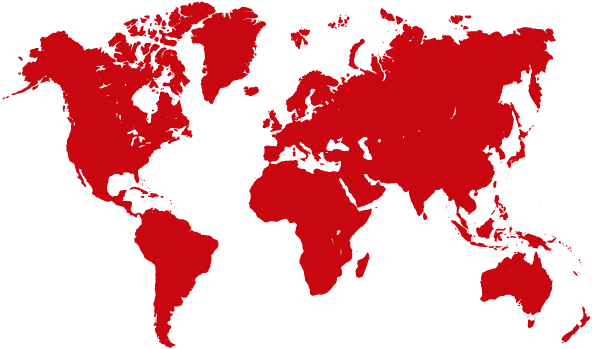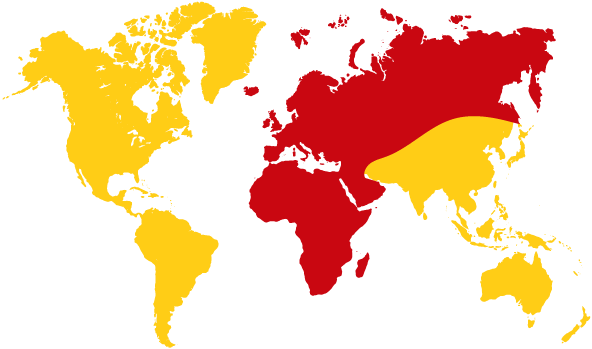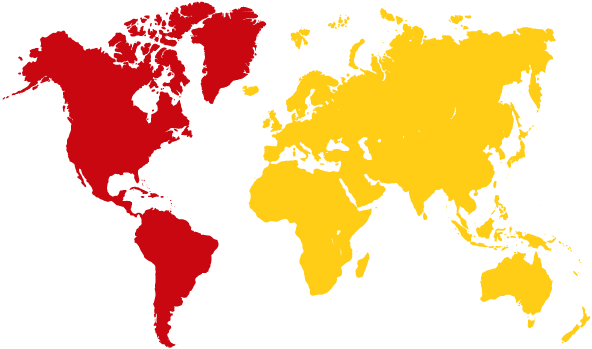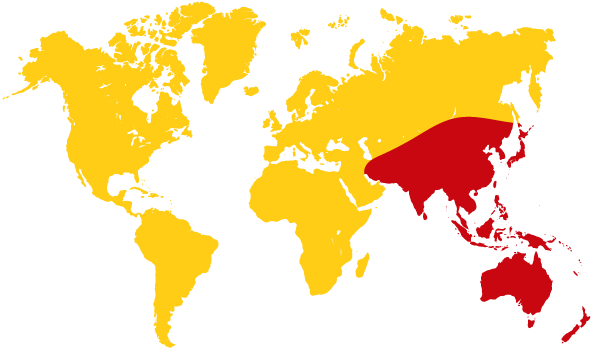Australian bushfire disaster
The worst natural disaster in Australia’s post-European settlement history occurred on 7 February 2009, a day now known as Black Saturday.
On that day there were record high temperatures, single digit humidity and strong winds up to 150 km/h which came on top of more than 10 years of drought.
A total of 210 deaths with up to 30 people still missing, more than 2,000 homes destroyed, townships wiped out and a countless loss of farm and native animals.
Some 10 days before Black Saturday, very serious fires occurred in Gippsland in eastern Victoria that forced hundreds of people to flee for safety and 30 homes were destroyed.
The emergency communications arm of the Australian Red Cross, RECOM had units quickly deployed to mainly handle the registrations of displaced persons.
RECOM, which began 10 years ago as a new concept, is entirely run by radio amateurs who use encrypted digital transmissions on ham bands to send details for the National Registration and Inquiry Service at the Red Cross headquarters in Melbourne.
A few days after completing their duty in Gippsland, the RECOM operators were then called out for the Black Saturday disaster and served at a number of locations registering displaced people and provide logistic communications for the Red Cross.
The Wireless Institute Civil Emergency Network (WICEN), a traditional amateur radio emergency service was deployed for 28 days in response to the Black Saturday disaster.
The Victorian Emergency Management Act support agency WICEN (Vic) had 52 radio amateurs involved with their role mainly being as operators of fire service radio systems. This has been a role for WICEN (Vic) that began at the Bogong fire in 2003.
The fire authorities drew heavily on the WICEN members by assigning them to radio operating duties at Incident Control Centres (ICC) and a Municipal Emergency Coordination Centre.
These were mostly 12 hour shifts with operators expected to work efficiently and accurately despite noise and plenty of distractions as these nerve centres of disaster response are hectic to say the least. They did extremely well.
The failure of telephone services also saw WICEN provide vital link services using amateur radio between centres.
Another role of amateur radio is to provide third party traffic at times of emergency, and this happen when WICEN operators joined firefighters at a remote location that had limited fire service radio coverage and no mobile phone service.
They provided a communication link for health and welfare reasons between firefighters and their families at home.
This report for IARU R3 News is a summary of what occurred. More detailed reports are to be published in the WIA journal Amateur Radio magazine and a presentation will be made at the Global Amateur Radio Emergency Conference in Tokyo in August.
— Jim Linton VK3PC, Chairman, IARU Region 3 Disaster Communications Committee.
Australian bushfire disaster
Print This Post



